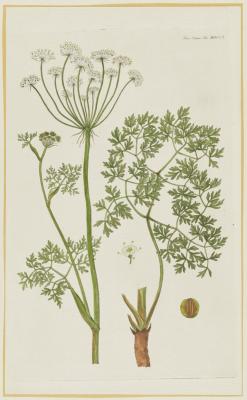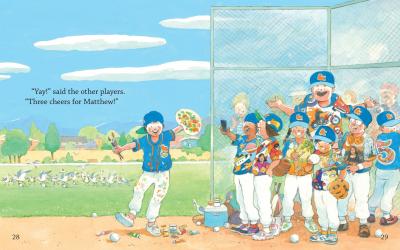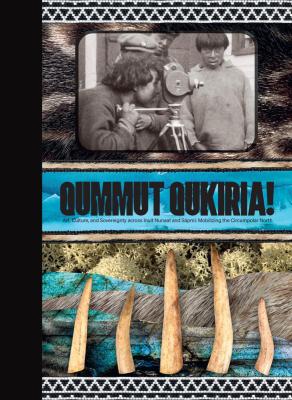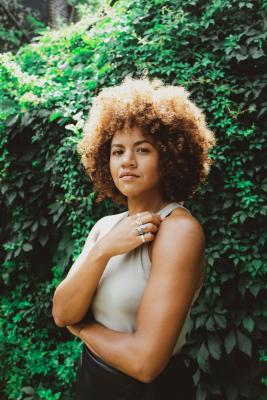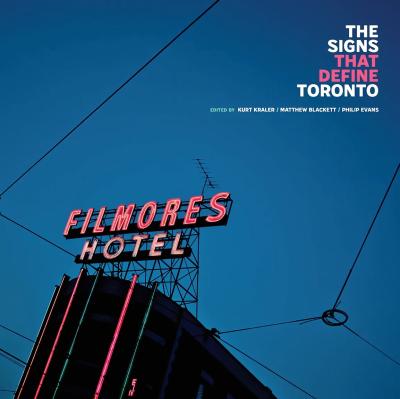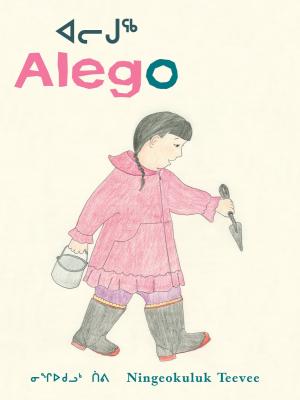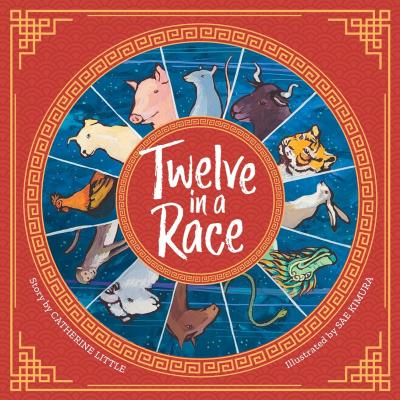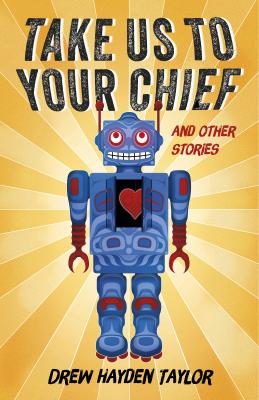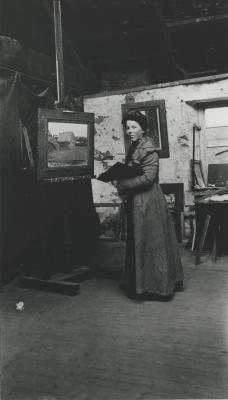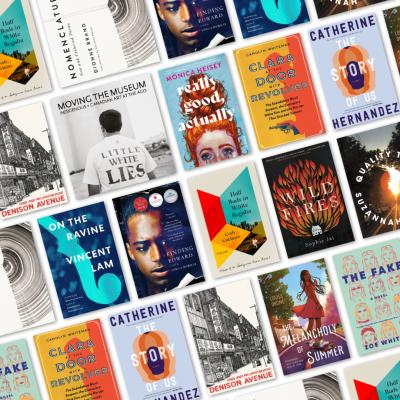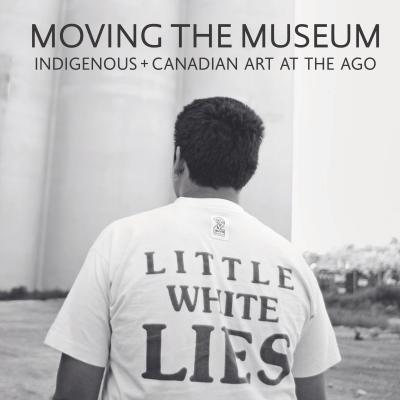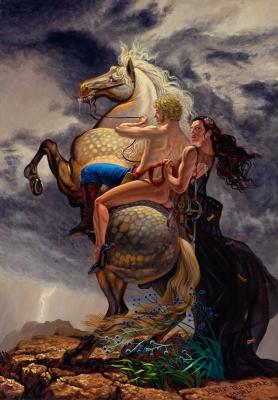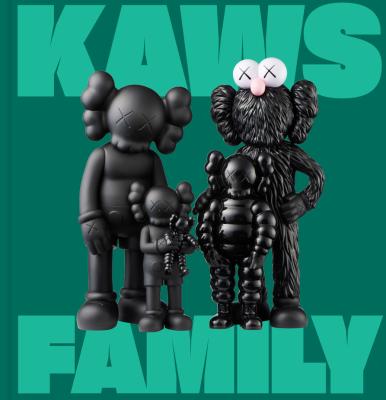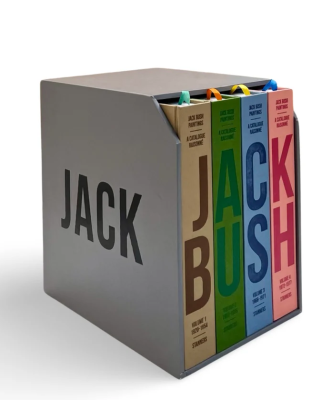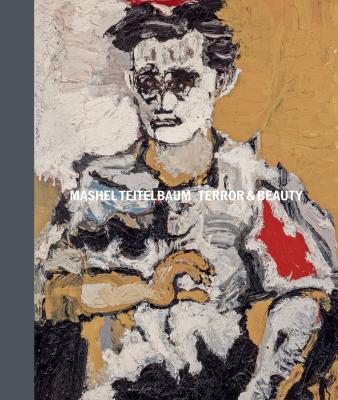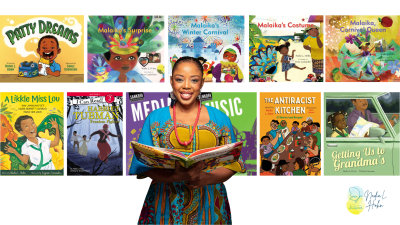Nadia L. Hohn gets us to Grandma’s
The author and educator on filling a gap in children’s literature and her book Getting Us to Grandma’s
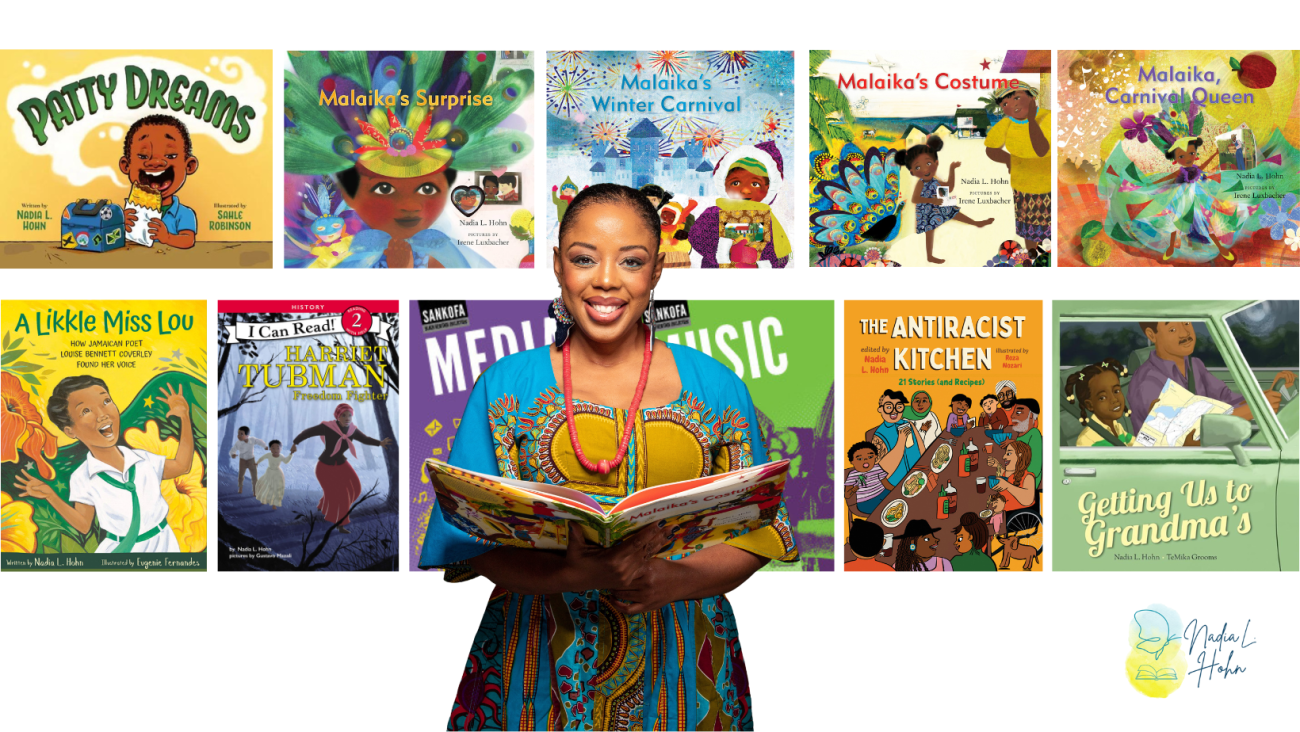
Image courtesy of Nadia L. Hohn
Today’s road trips are easily guided by online maps and GPS that tell you which lane to enter and what exit to take. But before maps could exist on our phones, they first existed on paper, stored in the glove compartments of cars and carefully unfolded so that a diligent passenger could help navigate the driver.
In her recent book Getting Us to Grandma’s, author and educator Nadia L. Hohn transports children and parents alike to this forgotten world of map navigation. The children’s book follows the protagonist, Nikki, as she embarks on a road trip from Toronto to the Bronx with her family. When her father takes a wrong turn, Nikki’s love of geography and maps helps get the family road trip back on track.
As part of the AGO’s Family Day Weekend programming, Hohn will be doing live readings of her book Getting Us to Grandma’s. From Friday, February 14 to Monday, February 17, families are invited to join Hohn in Galleria Italia at 11 am for an immersive and multidisciplinary reading of Nikki’s journey from Toronto to the Bronx.
Image courtesy of Nadia L. Hohn
Getting us to Grandma’s is one of Hohn’s 11 publications created for children. She is an award-winning author, whose books centre on diversity and Caribbean culture. Foyer spoke with her to discuss how she became a children’s author, the inspiration for Getting Us to Grandma’s, and what families can expect at her live readings this Family Day weekend.
Foyer: How did you get your start in writing children’s literature?
Hohn: I was an early reader. I started writing stories and making illustrated books on my own around age 7. As I grew, my stories also matured in themes — I started keeping journals, writing novels in my preteen years, and then writing poetry and school newspaper articles in my teens. I began to thirst for fiction by Black authors, so I read whatever I could find, mostly African American authors. I eventually graduated high school, focusing more on my university studies and work but I never stopped writing in my journal or occasional articles for various publications.
In 2009, I was hired as a first-grade teacher for the soon-to-be-opened Africentric Alternative School. In preparation, I looked far and wide (all the way to New York City) for books for my classroom that would reflect the kids I would teach. It was tough to find enough diverse age-appropriate books to fill a classroom library. To fill the gaps in my classroom, I began writing in other forms again, reminding me of the songs, poems, and stories that I used to write. That’s when I decided to look into courses on writing for children at George Brown College. This led to creative writing studies, then conferences, memberships, and networking. It became a snowball effect and momentum kept picking up until I met my first publisher, which led to the publications of Music and Media (Rubicon Publishing, 2015) and Malaika’s Costume (Groundwood Books, 2016).
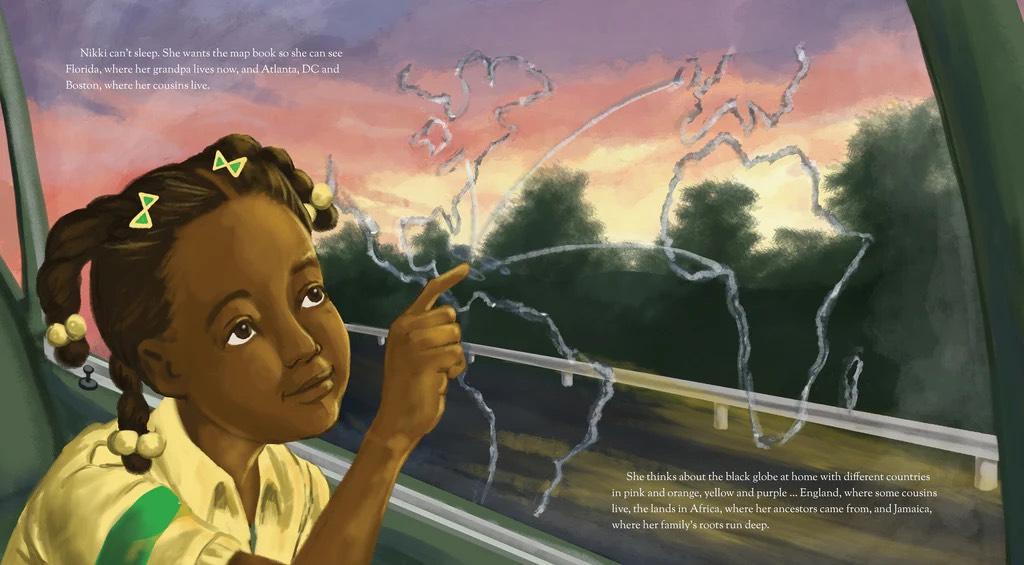
A scene from Getting Us to Grandma's. Image courtesy of Groundwood Books.
As a children’s author, what topics do you aim to cover in your work?
I don’t know if I’d call it an “aim” to cover topics, but if I look at the body of my work as a whole, in all eleven of my publications you’ll find books celebrating culture, history, food, music, community, and social justice. I love to play with language too. An aim of my work might be that I want Black children and children of diverse backgrounds to see themselves reflected, “sit up taller” and feel seen, included, and represented with complexity. I also want to ensure that first, second, and third generations of children of Caribbean heritage stay connected to their roots and remember their origins. There are so many topics I love to learn about, and I can’t wait to write about them.
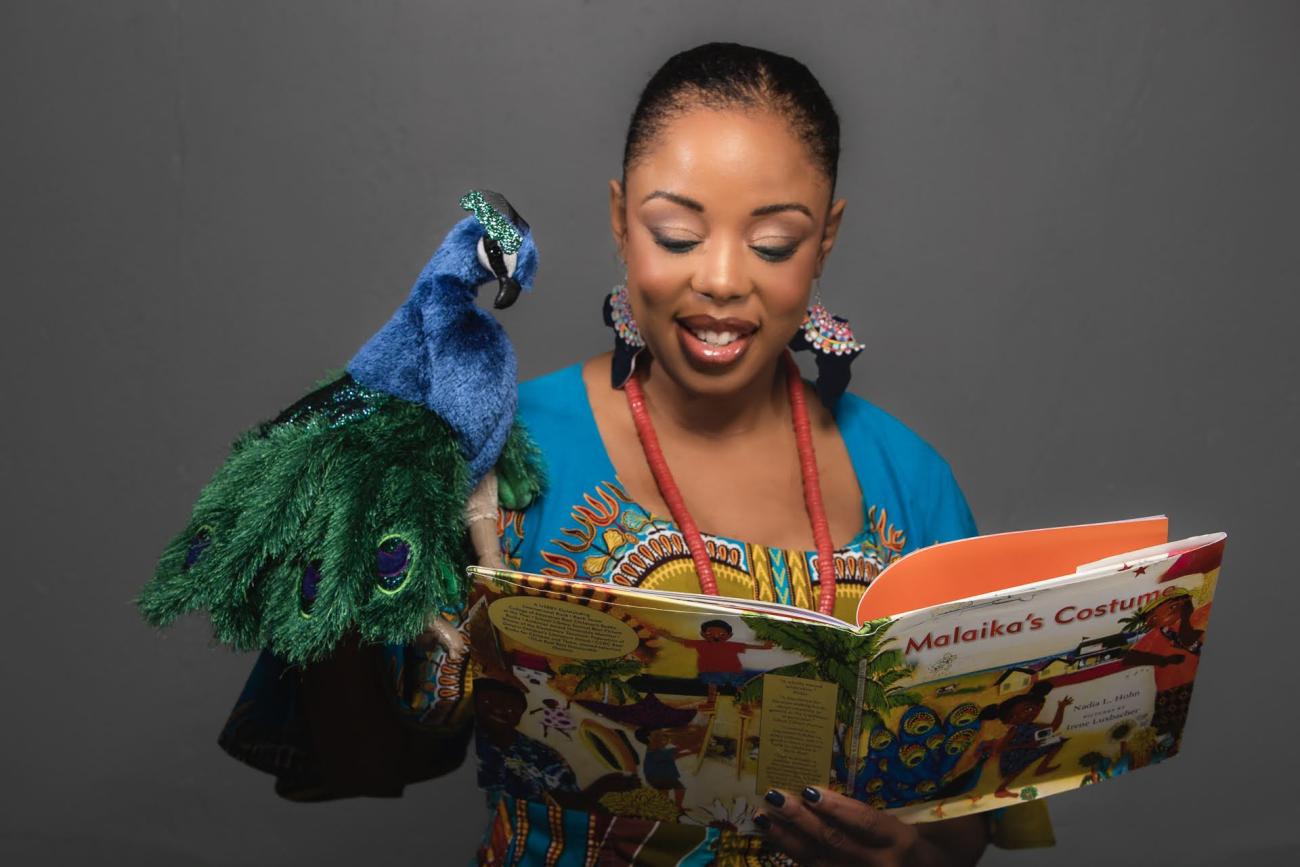
Photo by Lawrence Kerr
Over Family Day Weekend, you’ll be doing live readings of your book Getting Us to Grandma’s at the AGO. What does this book explore, and what inspired you to write it?
“No one knows maps like Nikki — but can she get her family to Grandma's house in time?”
Getting Us to Grandma’s is inspired by a real-life overnight road trip from Toronto to the Bronx that I took with my family back in 1984. It explores Black music like R&B and hip hop from that decade; maps before GPS, Mapquest, and Google Maps; and a Jamaican diasporic family like my own. Arriving in the Bronx during that pivotal era in hip hop had a powerful impact on me as a Black Canadian child. Last fall, when I learned that The Culture: Hip Hop and Contemporary Art in the 21st Century was coming to the AGO, I knew the exhibition’s timing was perfect for my new book, Getting Us to Grandma’s.
I have ADHD and I learned this during the summer of 2024 as I worked on the final edits of this book. I recognized gifts in the [protagonist] Nikki, like her special interest in maps and globes, focus, wakefulness, and curiosity, as neurodivergent traits I’ve had from a young age. In Getting Us to Grandma’s, these are the very things that help her family.
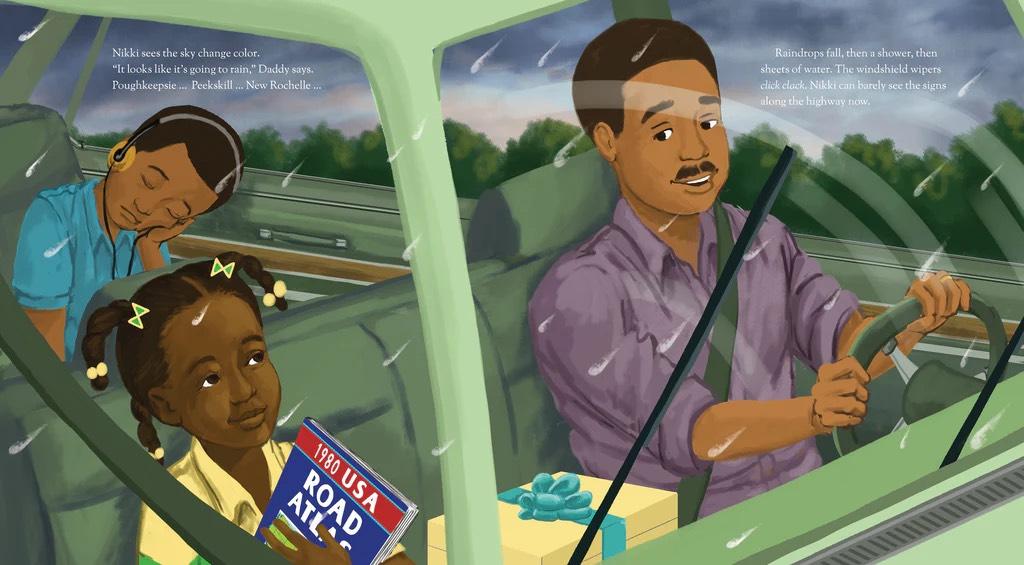
A scene from Getting Us to Grandma's. Image courtesy of Groundwood Books.
Alongside your work as an author, you have taught as an elementary school teacher and have instructed courses at the University of Toronto School for Continuing Studies, Centennial College and the University of Guelph Open University. How does your experience as an educator inform your work as an author?
Since 2003, I have been an elementary school teacher and I have chosen to focus [my books] on this age group, at the moment. In September, I began a new role as a school librarian. My experiences as an educator are very important in the writing I do. Working with young people, I get inspiration every day for subjects to write about. I get to see firsthand the books I think would be useful in classrooms. I also get a chance to see what stories resonate with children and the types of books they enjoy taking out from the library. I love teaching creative writing too. I’ve been running NaNoWriMo (National Novel Writing Month) for my students to help them develop their creative writing skills and voices. When I teach creative writing to adults, I can see how much they wish to share stories, their love for words, and the heart they have for young readers. Working with these two groups inspires me to keep writing and fill the important role of a creative writing educator. It reminds me of the power of stories and why we need to have continued intergenerational dialogues.
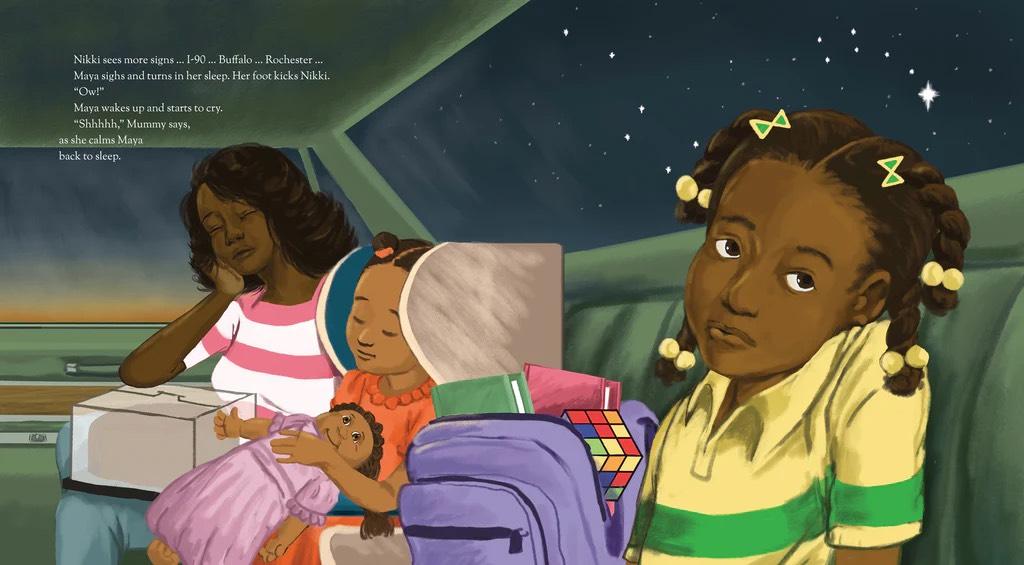
A scene from Getting Us to Grandma's. Image courtesy of Groundwood Books.
Looking ahead to Family Day Weekend, what is your favourite aspect of doing live readings?
I love to do live readings because they are so interactive. My readings are immersive and multidisciplinary, combining all of my art forms — storytelling, writing, visuals, movement, and music. I love to interact and meet my audience, and it helps me to put faces to my readers. My reading of Getting Us to Grandma’s is the first time that I am getting to perform songs that I have written for a story. Simply put, my live readings are fun.
Join the AGO for the ultimate Family Day weekend! Immerse yourself in a colourful blend of art, culture, and history—and create lasting memories together. Programming includes guided tours of The Culture: Hip Hop and Contemporary Art in the 21st Century, an all-day dance party, storytelling, artmaking, and more.
